Global Warming is Worse Than You Thought
We aim to bring you information about the real extent of the problem and what we can do while we still have time.
Global Warming: Worse Than You Thought — Here’s How You Can Help
The world is heating up faster than anyone imagined, and the situation is more dire than most reports suggest. While we’ve been hearing about climate change for decades, there are some rarely discussed aspects of global warming that make this crisis far worse — and more urgent — than many people realize. Here’s what you need to know and why it matters to all of us, especially younger generations.
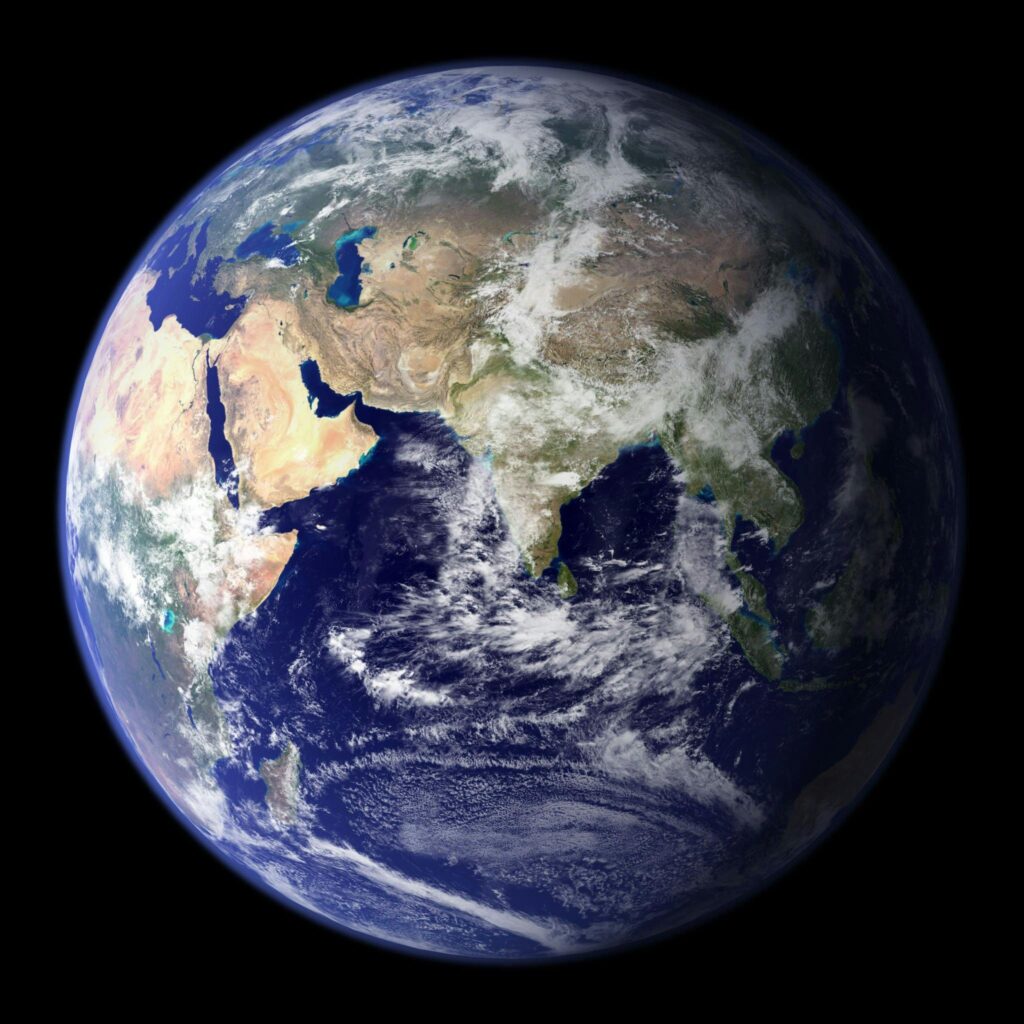
Rising CO2 Levels: A Growing Crisis
Back in 1958, scientist Dr. David Keeling began monitoring atmospheric CO2 levels atop Mauna Loa in Hawaii. His work gave us the iconic Keeling Curve, which shows the rise of CO2 over time. But what’s truly alarming isn’t just that CO2 levels are rising; it’s that the rate at which they’re increasing is accelerating. In 1967, we were adding CO2 at a rate of 1.0 ppm per year. By 2023, that number has jumped to 2.8 ppm per year. This steady climb shows no sign of slowing, and it’s driving global temperatures higher at an increasingly dangerous pace.
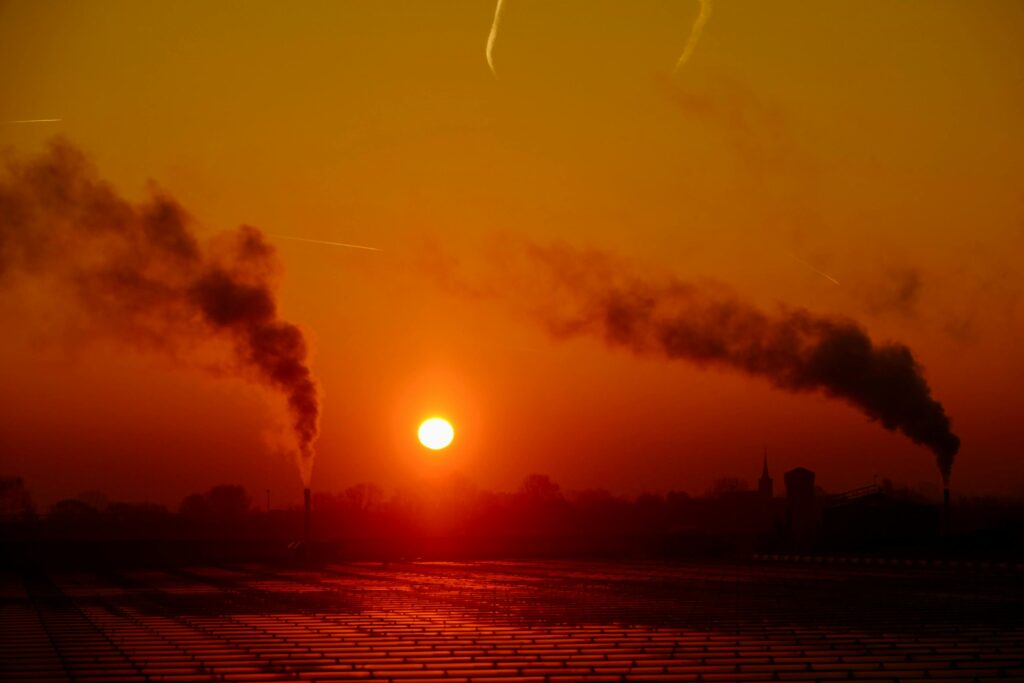
Climate Tipping Points: Nearing the Point of No Return
One of the most worrisome aspects of climate change is the concept of tipping points. These are critical thresholds that, once crossed, could lead to irreversible damage. Many tipping points are already being partially triggered — wildfires, deforestation, and the melting of permafrost are releasing massive amounts of CO2 and methane into the atmosphere, intensifying global warming. Boreal forest fires, for instance, have increased fourfold since 1988, and in 2023, fires in Canada’s boreal forests released three times more carbon than the country’s annual fossil fuel emissions.
Peatlands, which cover just 3% of the Earth’s land surface but store 30% of the world’s soil carbon, are also burning at alarming rates. Fires in peatlands can release up to 2.6 gigatons of CO2 in a single year, completely negating the emission reduction efforts of entire nations.

Oceans and Permafrost: Unseen Threats
Oceans have long been one of our greatest natural defenses against climate change, absorbing about 30% of our CO2 emissions. But as ocean temperatures rise, their ability to absorb CO2 decreases. Some parts of the ocean are already reaching temperatures as high as 100°F (38°C), cutting their capacity to hold carbon in half. In addition, massive stores of carbon and methane are locked in Arctic permafrost. As this permafrost melts, it releases methane — a greenhouse gas 80 times more potent than CO2. This is already happening in more than 70 sites across Alaska alone, with the potential for catastrophic methane releases worldwide.
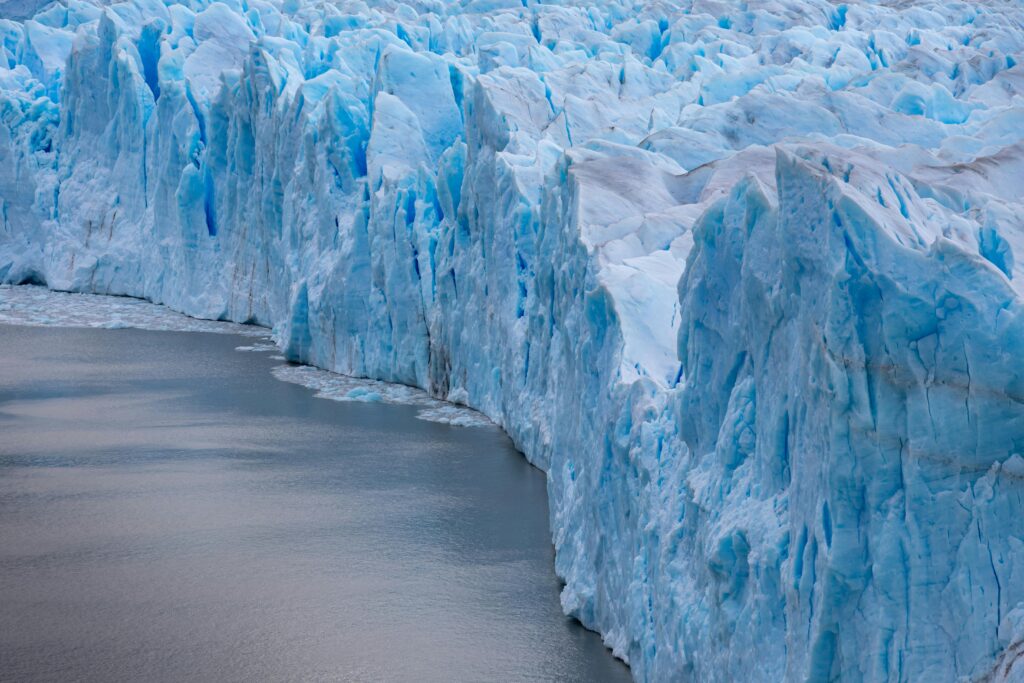
Earth’s Heat Imbalance: A Dangerous Feedback Loop
The Earth is absorbing more energy than it’s radiating back into space, a phenomenon known as Earth’s heat imbalance. Over the past 20 years, this imbalance has doubled, contributing to rising global temperatures. As the polar ice caps melt, the planet loses its reflective shield, known as the albedo effect, which further amplifies warming. This feedback loop is accelerating the melting of ice, the warming of oceans, and the release of even more greenhouse gases, pushing us closer to dangerous tipping points.
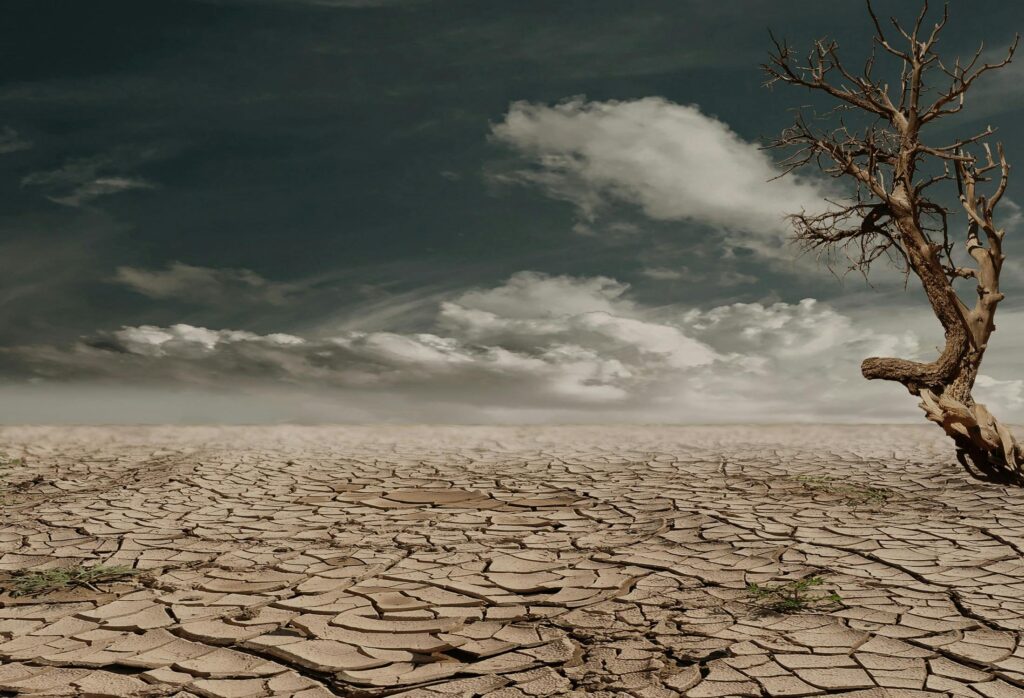
Impending Tipping Points: The Clock is Ticking
If global temperatures rise just 2°C above pre-industrial levels, we could see the release of methane from deep-sea clathrates — methane trapped in ice-like structures beneath the ocean floor. This trapped methane represents a carbon reserve larger than all the world’s fossil fuels combined. Its release would be catastrophic, causing global temperatures to skyrocket.
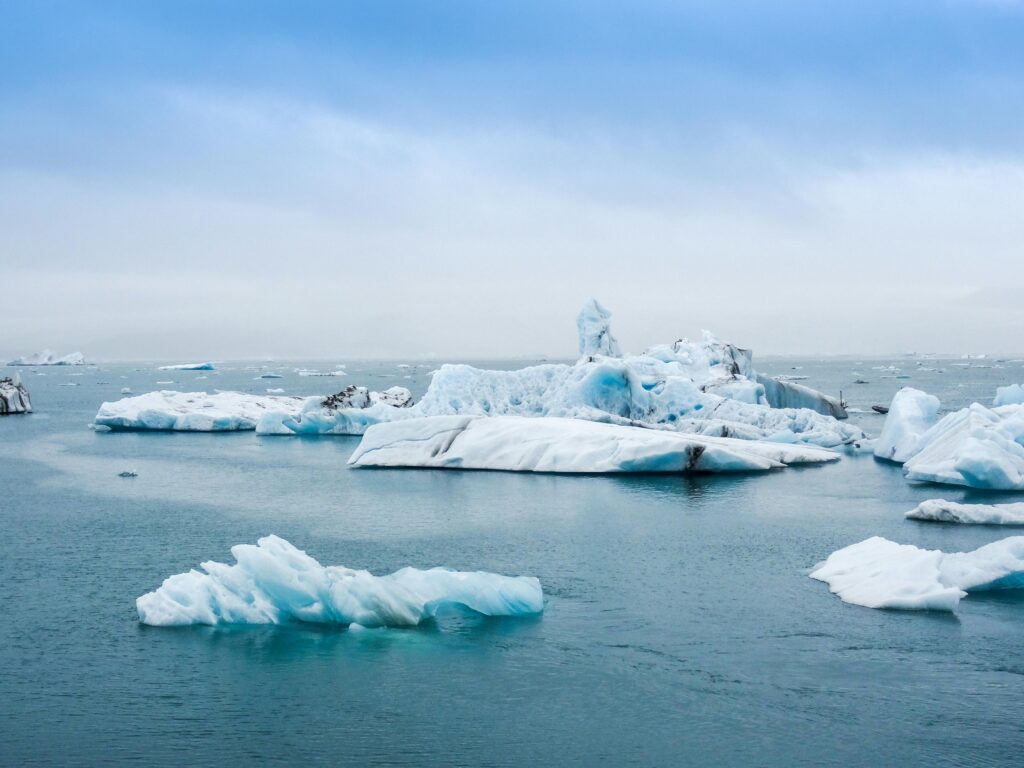
The Human Factor: The Role of Politics
Human activities — deforestation, industrial emissions, and burning fossil fuels — are driving climate change, but political decisions can either worsen or mitigate the crisis. Under the Trump administration, the U.S. withdrew from the Paris Climate Accord, rolled back over 100 environmental regulations, and promoted fossil fuel production, delaying crucial climate action. By contrast, the Biden administration’s re-entry into the Paris Agreement has been followed by significant economic growth and job creation, proving that climate action and economic prosperity can go hand in hand.
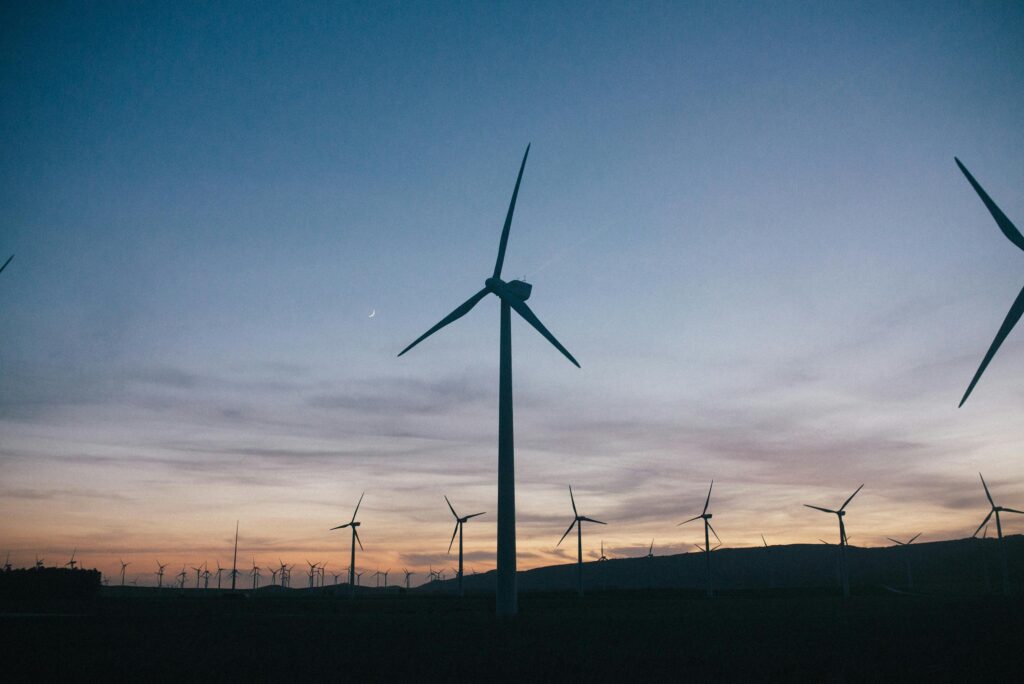
The Way Forward: A Call to Action
The situation is dire, but it’s not hopeless. To truly combat global warming, we need to not only reduce emissions but actively remove carbon from the atmosphere. Technologies like Direct Air Carbon Capture and Sequestration (DACCS) are already making strides, though the scale required is daunting. We’ll need to remove at least 10 gigatons of CO2 per year by 2050, and then double that to 20 gigatons annually. Enhanced weathering, which accelerates natural rock reactions to sequester carbon, is another promising solution, but it requires massive scaling.
This fight will take the commitment of individuals, businesses, and governments worldwide. If we act now, we can still avoid the worst consequences of climate change. But if we delay, we risk crossing the tipping points that will make global warming irreversible.
The future of our planet depends on all of us — and the time to act is now.
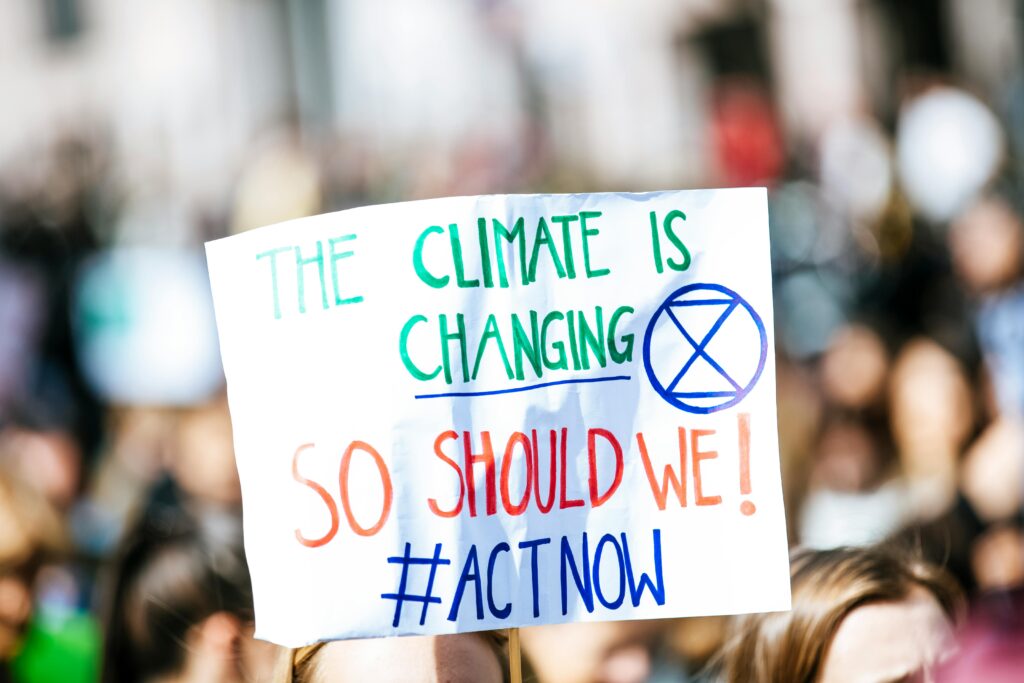
© 2024 All Rights Reserved.
